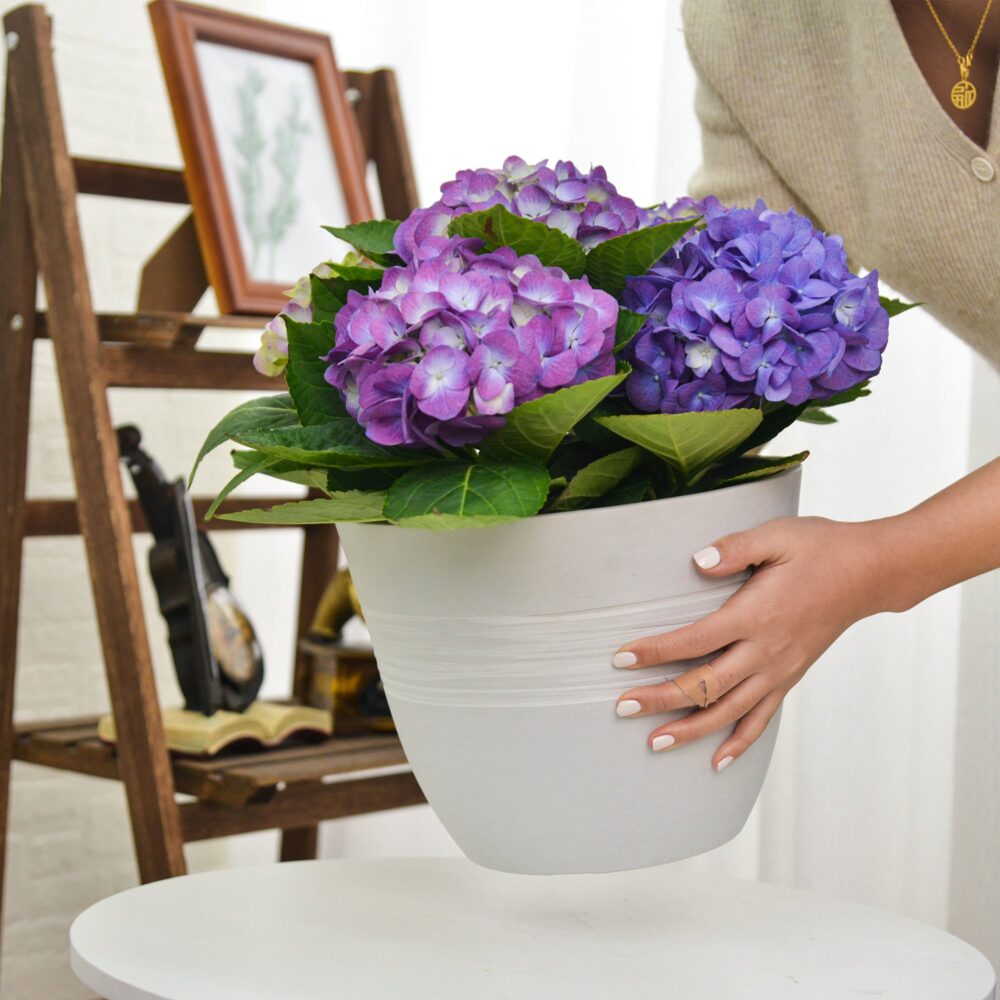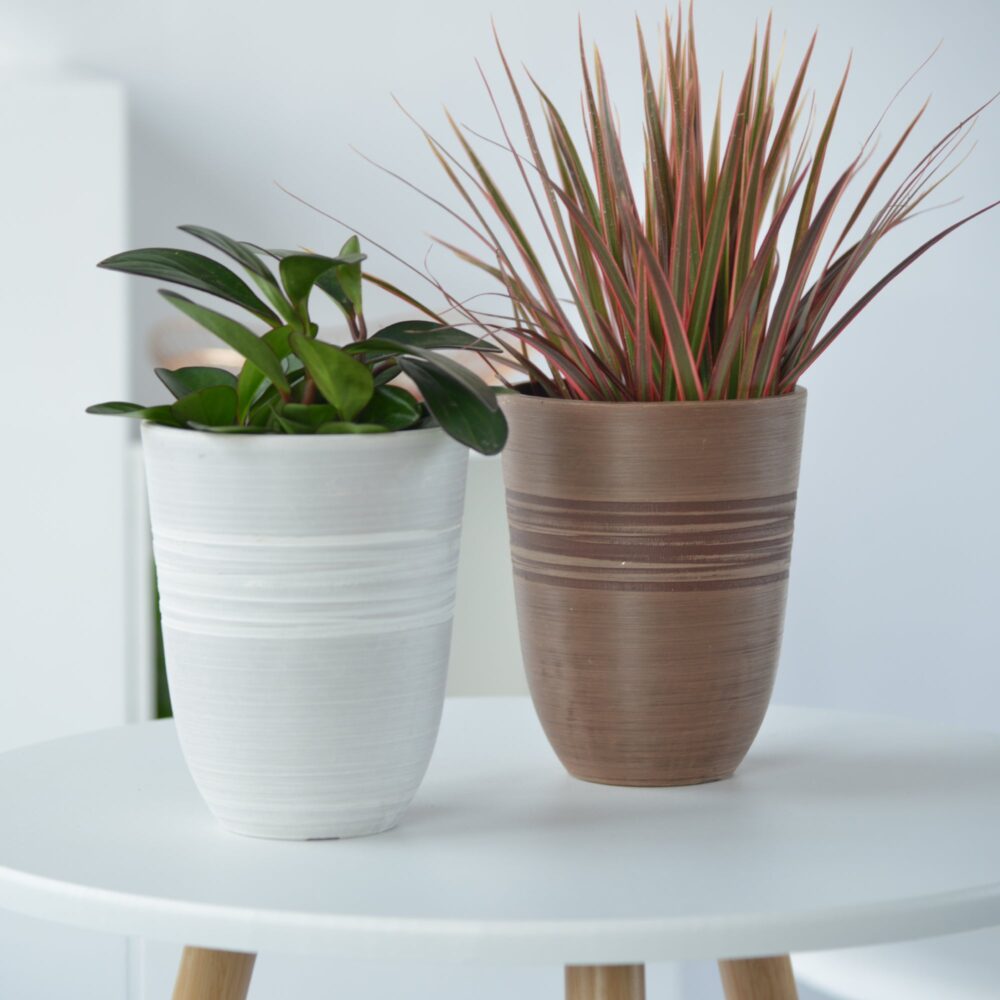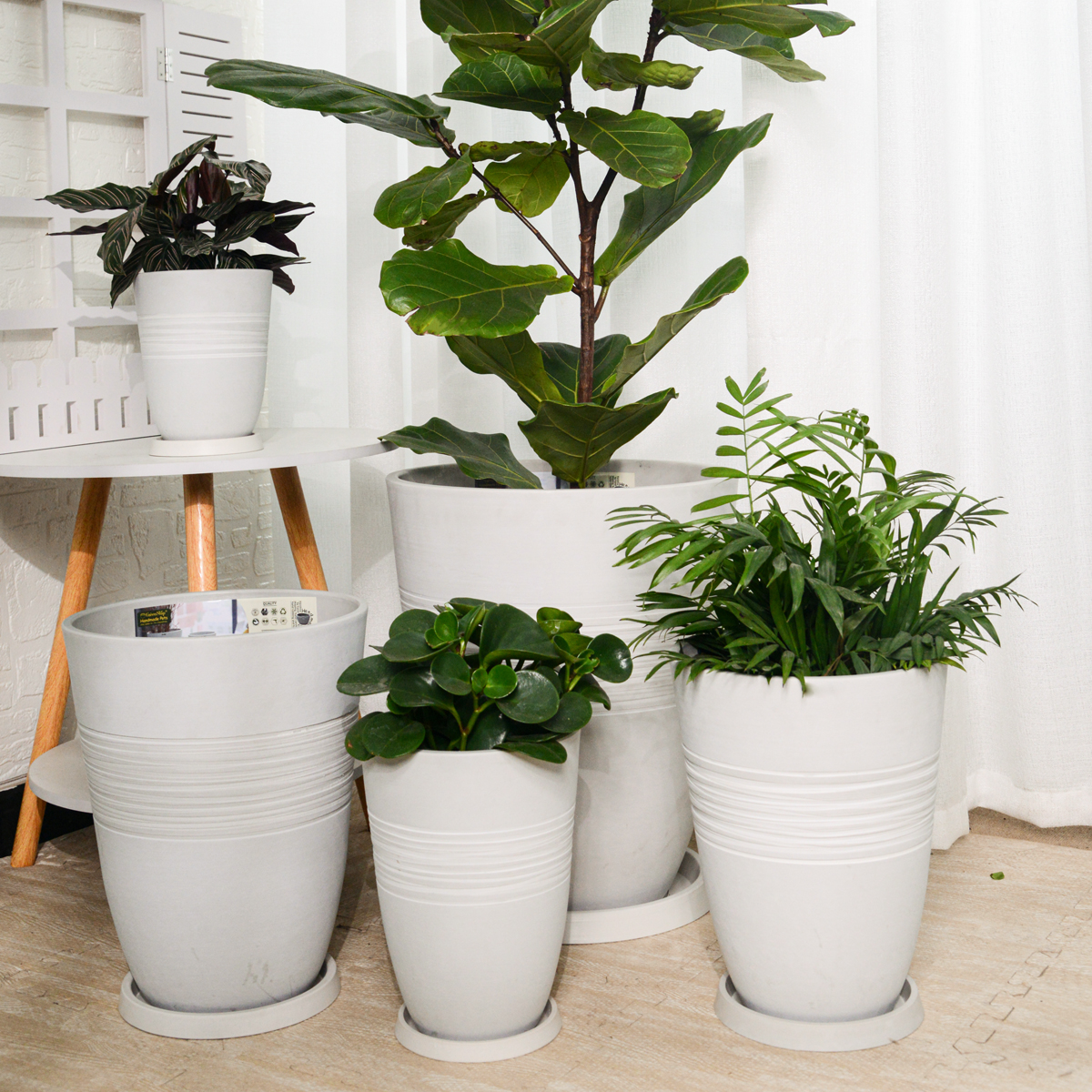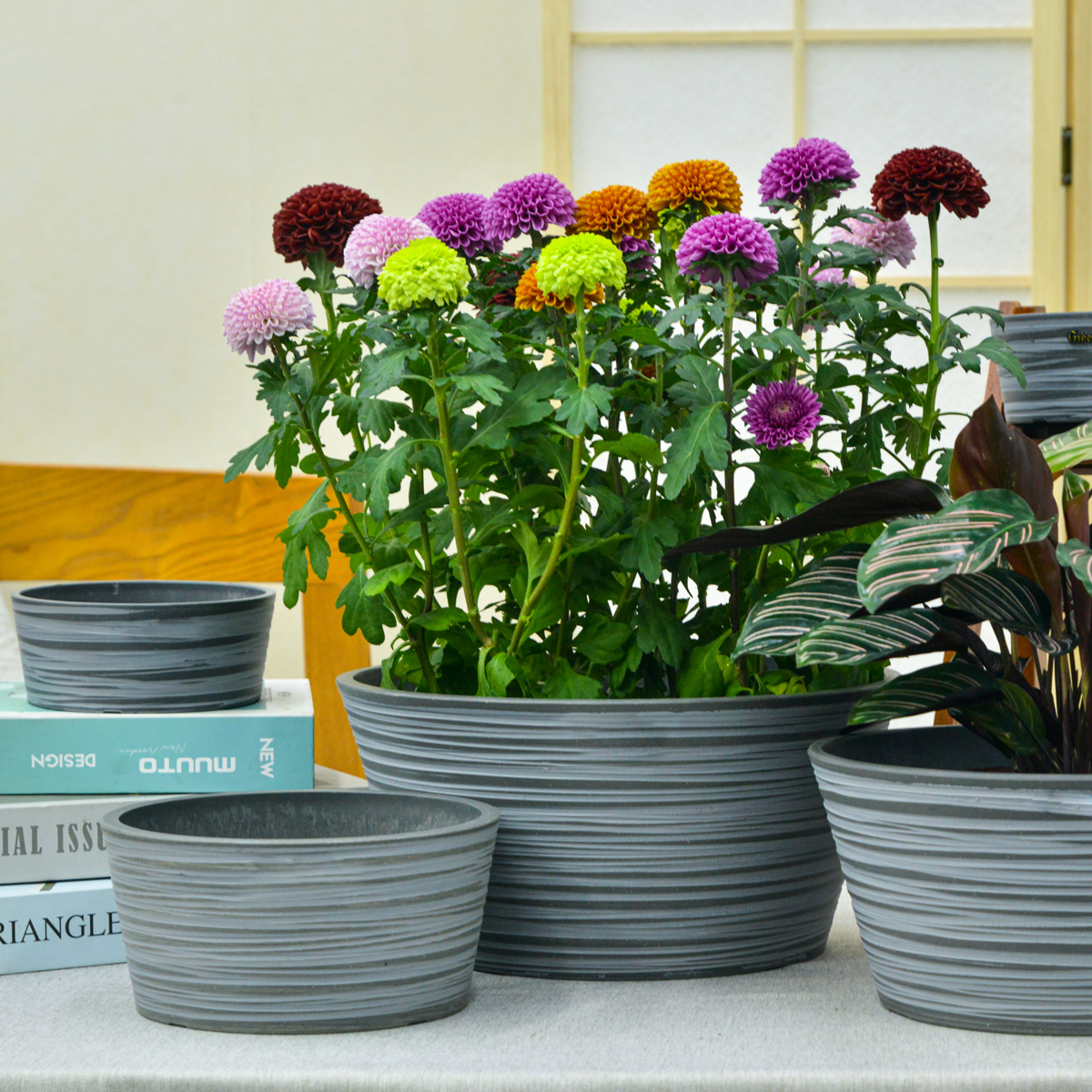What Units Are Planter Sizes Typically Measured In? Understanding Inches, Gallons, and Liters
Navigating the world of planters often involves encountering a variety of measurements, which can sometimes feel like deciphering a new language! You might see planter sizes listed in inches, gallons, or even liters, leaving you wondering what these units actually mean and how they relate to each other. Understanding the units used to measure planter sizes is crucial for choosing the right containers for your plants and ensuring their healthy growth. So, let’s break down the most common units and how they translate.
This article will be your straightforward guide to understanding the units of measurement for planter sizes. We’ll clarify the meaning of inches, gallons, and liters in the context of plant containers, explain how these units relate to each other, and provide you with practical tips for using this knowledge to select the perfect planters for your gardening needs. Let’s demystify planter measurements and empower you to choose containers with confidence!
Inches: Dimensional Measurements for Planter Size
When you see planter sizes listed in inches, this typically refers to a dimensional measurement, most commonly the diameter of the planter’s opening at the top. Inches are often used for smaller to medium-sized pots, especially those that are round.
Diameter: The inch measurement usually indicates the width across the top opening of a round planter. Imagine measuring straight across the circle from one edge to the opposite edge – that’s the diameter. For square or rectangular planters, you might see dimensions like “10 inches wide x 8 inches long,” indicating the measurements of the top opening sides.
Height: Sometimes, planter descriptions will also include a height measurement in inches, indicating the vertical distance from the base to the top rim of the planter. For example, a listing might say “8-inch diameter x 7-inch height.”
Why Inches for Smaller Pots? Inches are a practical unit for smaller containers because they provide a readily understandable linear dimension that relates to the plant’s visible size and spread.
Gallons & Liters: Volume Measurements for Planter Capacity
For larger planters, especially those intended for outdoor use or for larger plants, sizes are often given in gallons or liters. These units measure volume, specifically the internal capacity of the planter – how much potting mix the container can hold.
Gallons (US Gallons): Gallons are a common unit of volume measurement in the United States. When you see a planter listed as “5-gallon,” it means it can hold approximately 5 US gallons of potting mix.
Liters: Liters are the standard unit of volume in the metric system, used widely internationally. A “10-liter” planter can hold approximately 10 liters of potting mix.
Why Volume for Larger Planters? Volume measurements become more important for larger planters because they directly indicate the amount of root space available and the reservoir of potting mix, water, and nutrients that the planter can hold. This is more relevant than just diameter for larger plants with more extensive root systems.

Translating Between Units: Conversions and Approximations
Understanding how inches, gallons, and liters relate to each other is helpful when choosing planters, especially when listings use different units. Here are some key conversions and approximate relationships:
Gallons to Liters: 1 US Gallon is approximately equal to 3.78 Liters. So, if you see a planter listed in gallons and need to know the liter equivalent, multiply the gallon value by 3.78. For example, a 3-gallon planter is approximately 3 * 3.78 = 11.34 Liters.
Liters to Gallons: To convert liters to US gallons, divide the liter value by 3.78. For example, a 20-liter planter is approximately 20 / 3.78 = 5.29 Gallons.
Diameter (Inches) to Volume (Gallons/Liters) – Rough Approximations: There isn’t a precise, direct conversion formula from diameter (inches) to volume (gallons or liters) because the shape of the planter significantly affects volume. However, for standard pot shapes (like typical round or slightly tapered pots), you can use these rough approximations:
- 4-inch diameter pot ≈ 0.25 – 0.5 Gallon (1-2 Liters)
- 6-inch diameter pot ≈ 0.5 – 1 Gallon (2-4 Liters)
- 8-inch diameter pot ≈ 1 – 2 Gallons (4-8 Liters)
- 10-inch diameter pot ≈ 2 – 3 Gallons (8-12 Liters)
- 12-inch diameter pot ≈ 3 – 5 Gallons (12-20 Liters)
Important Note: These diameter-to-volume conversions are rough estimates only and can vary depending on the specific shape and proportions of the planter. Always prioritize volume measurements (gallons or liters) when available, especially for larger plants, as diameter alone doesn’t fully represent the planting capacity.
Beyond Units: Other Size Factors to Consider
While understanding inches, gallons, and liters is essential, remember that planter size is more than just a number. Other size-related factors play a role in choosing the right container:
Plant Root System: Different plants have different root depths and spread. Deep-rooted plants need taller pots, while plants with shallow, spreading roots might be happy in wider, shallower containers. Consider your plant’s root system when interpreting size units.
Plant Mature Size: Think about the mature size of your plant, not just its current size. Choose a planter size that will accommodate its growth for at least a season or two (or longer for permanent plantings like shrubs). Larger mature plants generally need larger volume planters.
Planter Shape and Proportions: As mentioned earlier, shape influences volume. A tall, narrow pot of the same diameter as a short, wide pot will have a different volume. Consider the plant’s growth habit and choose shapes that are both aesthetically pleasing and practically suitable.
Drainage and Material: While not directly “size” units, drainage holes and planter material are crucial factors related to size choice. Ensure adequate drainage in any size planter. Porous materials like terracotta might lead to faster drying, which can affect watering frequency, especially in smaller pots.
Practical Tips for Using Planter Size Units:
- For Small to Medium Pots, Inches are Often Sufficient: For smaller houseplants and herbs in pots up to 12 inches in diameter, the inch diameter measurement is usually a good enough guide for choosing size.
- For Larger Pots & Outdoor Containers, Prioritize Gallons/Liters: When selecting larger planters for trees, shrubs, or large vegetable plants, pay close attention to gallon or liter volume measurements, as these give a better indication of root space.
- Check Both Dimensions & Volume When Possible: When shopping online or looking at planter descriptions, ideally, look for listings that provide both dimensional measurements (inches) and volume (gallons or liters) for a more complete understanding of the planter’s size.
- When in Doubt, Size Up (Slightly): If you’re unsure between two sizes, it’s generally better to err on the side of slightly larger, especially for volume. A bit more root space is usually preferable to being too cramped.
- Remember Approximations are Guides: Diameter-to-volume conversions are rough guidelines. Always consider your specific plant’s needs and adjust your planter size choice accordingly.

Conclusion: Decoding Planter Units for Gardening Success
Understanding the units of measurement for planter sizes – inches, gallons, and liters – is a fundamental skill for any container gardener. By familiarizing yourself with these units and how they relate to planter dimensions and volume, you’ll be empowered to make informed choices when selecting containers for your plants. Choosing the right size planter, measured in the appropriate units, is a key step towards creating a thriving and beautiful garden, no matter the scale! Happy planting!
KC2-21G
By greenship|2024-08-13T06:19:08+00:00August 13, 2024|Categories: Hand-carving Series|
Planter for Indoor Outdoor Plants, Set of 2 Modern Decorative Plant Pots with Drainage Hole, Decorative Flower Pots
By greenship-seo|2025-01-14T12:26:44+00:00January 14, 2025|Categories: Hand-carving Series|Tags: Decorative Flower Pots|
Plant Pots 6 inch 8 inch 10 inch for Indoor Plants, Set of 3 Modern Decorative Planter ts with Drainage Hole, Decorative Flower Pots
By greenship-seo|2025-04-10T06:39:28+00:00January 14, 2025|Categories: Hand-carving Series|Tags: Decorative Flower Pots|
KC2-11VH
By greenship|2024-08-16T06:19:28+00:00August 16, 2024|Categories: Hand-carving Series|
11THD
By greenship|2024-08-13T02:52:20+00:00August 13, 2024|Categories: Hand-carving Series|
11V
By greenship|2024-08-13T03:05:48+00:00August 13, 2024|Categories: Hand-carving Series|






